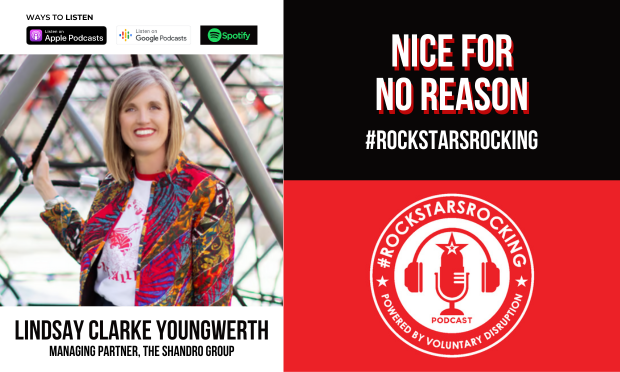(Editor's note: This blog has been republished here with permission from Zane Benefits. This is part three of an ongoing series. You can check out part one here and you can read the original, in its entirety, here.)
If you work for a small or medium-sized employer with group health insurance, if one employee has a baby, a surgery, or is diagnosed with a chronic illness, you are likely to see a large premium rate increase at renewal time. That's because the insurance company needs to recover their losses from a relatively small group of people.
Group health insurance is misleading because insurance means spreading the risk among a large group of people or organizations so that no single entity bears the cost of a catastrophic illness. However, that's not how group health insurance works. Each time an insured employee in your organization runs up large medical bills, your organization ends up paying these costs the following year via an increase in its annual health insurance premium. The insurance employers pay for is actually little more than a delayed bill-paying mechanism.
Complete your profile to continue reading and get FREE access to BenefitsPRO, part of your ALM digital membership.
Your access to unlimited BenefitsPRO content isn’t changing.
Once you are an ALM digital member, you’ll receive:
- Critical BenefitsPRO information including cutting edge post-reform success strategies, access to educational webcasts and videos, resources from industry leaders, and informative Newsletters.
- Exclusive discounts on ALM, BenefitsPRO magazine and BenefitsPRO.com events
- Access to other award-winning ALM websites including ThinkAdvisor.com and Law.com
Already have an account? Sign In
© 2024 ALM Global, LLC, All Rights Reserved. Request academic re-use from www.copyright.com. All other uses, submit a request to [email protected]. For more information visit Asset & Logo Licensing.








